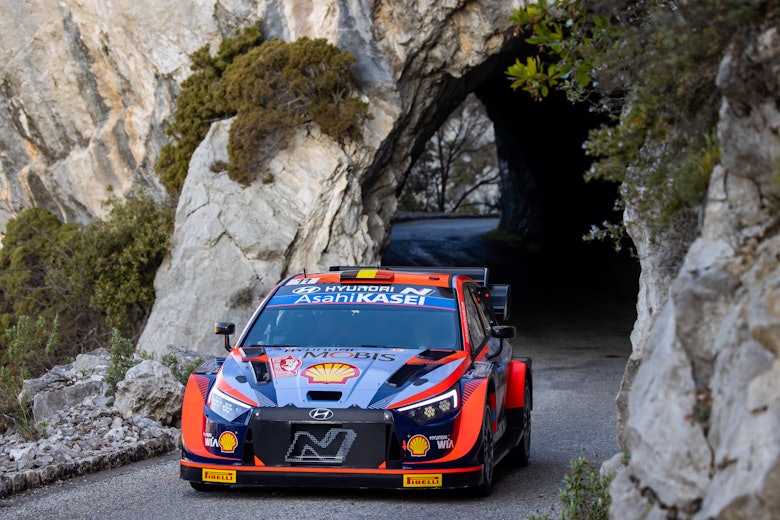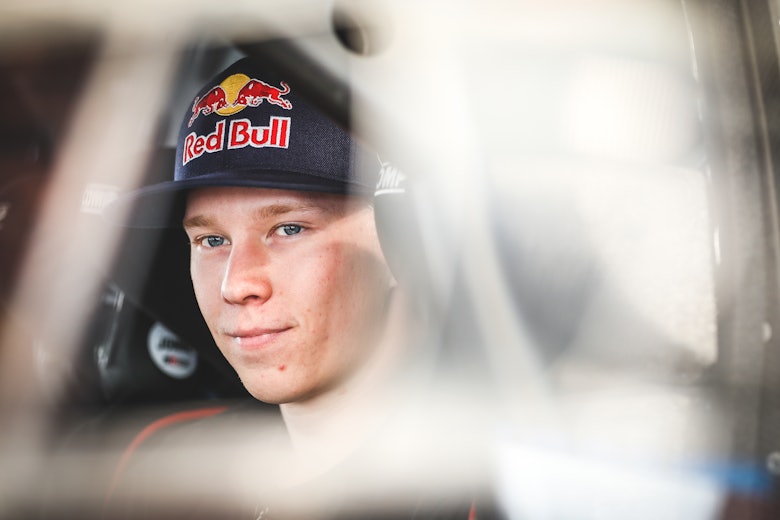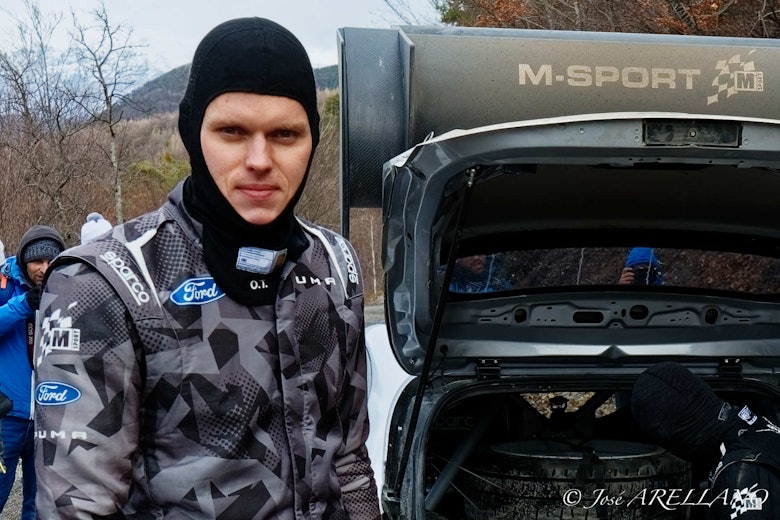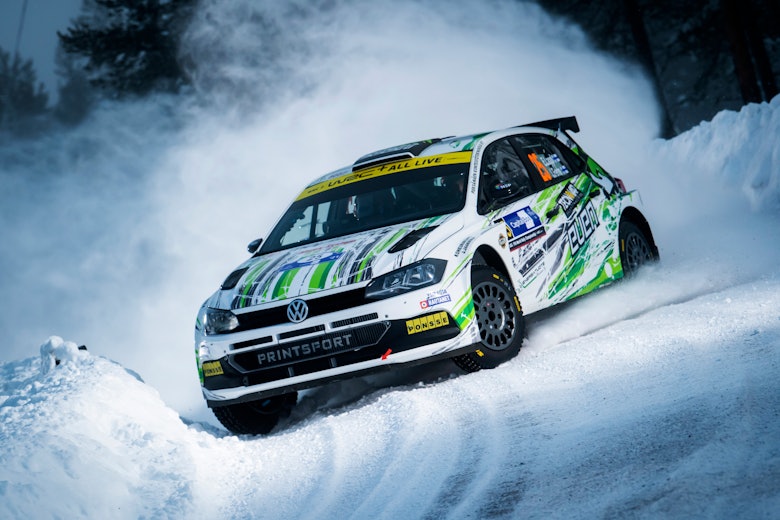This time of year is just the best.
Teams out testing their revised machines, drivers reacquainting, or in some cases getting to know, their new steeds, predictions for the new year in full flow.
I don’t particularly like the month of January (sorry dad, I know it’s your birthday next week), yet I absolutely love it at the same time. The Monte Carlo Rally and the dawning of a new year of World Rally Championship competition is the only reason why.
The release of the Monte’s entry list feeds brilliantly into all of this hype. But on Monday, keenly pouring over its publication at 1pm my time, my immediate feeling wasn’t of excitement, joy or anticipation.

It was of disappointment.
The number #69 was not what I wanted to see placed proudly at the top of the sheet alongside Kalle Rovanperä and Jonne Halttunen’s names. I was holding out for the new world champions picking up the #1 Sébastien Ogier was obliged to give up instead.
It frustrates me and it saddens me.
Now I’m very aware that in the wider context of the universe at the moment, let alone the WRC, this is a rather small grudge to bear. But I don’t think that makes it irrelevant.
It’s of course absolutely Rovanperä’s prerogative to stick with the #69 that he’s used each season since joining Toyota’s WRC program in 2020.

Ever since 2019, each P1 driver has been allowed to choose their own competition number which they will keep for the remainder of their career. The only circumstance in which it can change is if they win the world championship as they can then choose to #1 for the year instead.
It’s a system that was first implemented in Formula 1 all the way back in 2014. But of all things for the WRC to mimic, I don’t know why it was this. A motorsport season without #1 on the start list just doesn’t sit right with me.
And I love the feeling of adjusting to something new when the WRC season gets underway. It all feeds into that aforementioned buzz that never wanes each and every January. After all, the Monte is, by its very nature, all about the unknown.
Naturally, a car with a different number on the side is far more minor than a driver joining a new team. For example had Rovanperä gone with #1, that would hardly trump Ott Tänak joining his new team, M-Sport, in terms of excitement.

But why can’t I love and look forward to both?
I love that added bout of freshness. We don’t get a huge off-season in the WRC (which is great both as a fan but arguably more so as a working professional as it means we have less time to fill with no action!), so anything to make the new season feel extra fresh is a big yes from me.
Thierry Neuville’s Hyundai switching from #7 to #3 for 2016, or Jari-Matti Latvala switching from #2 to #10 as he embarked on a new journey with Toyota a year later – I was a big fan of the old system where the WRC’s numbering was dictated by the previous season’s manufacturers championship standing behind the drivers’ champion and their team.
Or even before that when 30 years ago WRC rallies were seeded like national, and actually WRC2, events are today.
I can see where the FIA was coming from when it decided to pursue the personalized route as there’s clear safety advantages if everybody knows that #6 is Dani Sordo season-in, season-out, and the benefits to competitors of having their own number for marketing and branding purposes is clear.
But were drivers really missing out in that regard before the switch was made? Was Elfyn Evans really less marketable when his Fiesta WRC had #3 on the side of it instead of #33?
I’m not convinced he was. And I struggle to get onboard with it even more when you consider cases like Esapekka Lappi, Andreas Mikkelsen, Adrien Fourmaux, Oliver Solberg or Gus Greensmith to name but a few.
I'm just not sure personalized numbers have added anything to the WRC
Rallying isn’t like Formula 1 – it’s more nomadic in its nature. And not just in the formation of events and environments it touches, but in terms of driver movement too.
Kevin Magnussen returned to the F1 grid last year with the same race number, #20, as he did when he left in 2020. And we’ve seen examples of that same formula applying to the WRC in the same time span when Lappi returned last year with the #4 he had used in 2019 and ’20.
But unlike Magnussen who went off to compete in US sportscar racing, Lappi was still to be found in the WRC – dropping down to the support category WRC2 to rebuild his career.
Did he do that with the same #4 stuck to the side of his car? Will Solberg be seen with #2 stuck to his Škoda this year? Will Fourmaux keep his #16 now he’s also back in WRC2?
No.

In F1 it works because drivers don’t drop out of F1 and find a home in Formula 2. But in rallying, particularly nowadays considering the lack of strength in depth in Rally1, the step into WRC2 is becoming increasingly common. Hardly the marketing dream for a driver like Mikkelsen to go from #89 to whatever number he has for a particular rally.
Above all I’m just not sure personalized numbers have added anything to the WRC. Instead, they’ve robbed some of the magic (at least for me) from the early phases of a season.
I’m more than aware that this isn’t the most logical argument I will ever put forward on DirtFish; it’s purely emotionally driven. But I’d like to think it’s not without basis either – you can be the ultimate judge of that in the comments.





